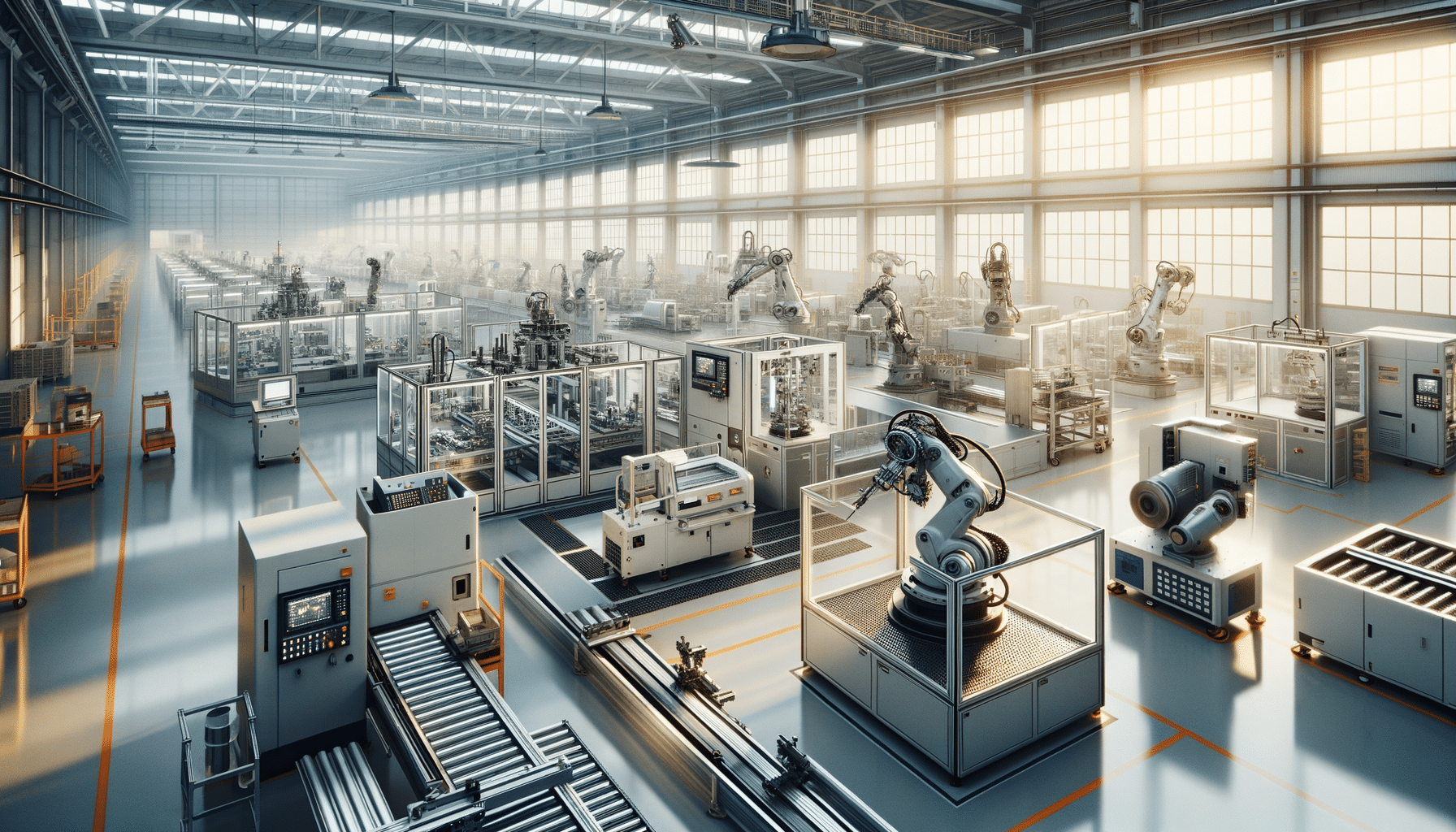
The Future of Cycling: Exploring AI-Enhanced Autonomous Bicycles
Introduction to AI-Enhanced Autonomous Bicycles
The advent of artificial intelligence (AI) has ushered in a new era of technological advancements, with its impact felt across various sectors, including transportation. Among the many innovations, AI-enhanced autonomous bicycles stand out as a remarkable development in urban mobility. These bicycles are designed to offer a seamless riding experience by integrating AI technologies that enhance safety, efficiency, and convenience. As cities become more congested and the need for sustainable transportation grows, these autonomous bicycles present a promising solution.
AI-enhanced autonomous bicycles are equipped with sensors, cameras, and machine learning algorithms that enable them to navigate complex urban environments with minimal human intervention. This technology not only aims to improve the cyclist’s experience but also addresses broader issues such as traffic congestion and environmental sustainability. By reducing the reliance on motor vehicles, these bicycles can contribute to cleaner air and quieter cities, making urban areas more livable.
The Technology Behind Autonomous Bicycles
At the heart of AI-enhanced autonomous bicycles lies sophisticated technology that enables them to function independently. These bicycles are equipped with a range of sensors, including LIDAR, ultrasonic sensors, and cameras, which work together to perceive the surrounding environment. This sensory input is processed by onboard AI systems, which make real-time decisions on navigation, obstacle avoidance, and route optimization.
Machine learning plays a crucial role in the development of these bicycles. Through continuous data collection and analysis, the AI systems can learn from past experiences, improving their performance over time. This learning capability allows the bicycles to adapt to different environments, ensuring a safe and efficient ride regardless of the conditions. Additionally, the integration of GPS technology helps in accurate mapping and route planning, making the bicycles capable of choosing the most efficient paths.
The use of AI in these bicycles also includes advanced features such as automatic braking, speed control, and collision detection, which enhance the safety of the cyclist. These features are particularly beneficial in urban areas where the risk of accidents is higher due to the dense traffic and pedestrian presence.
Benefits of AI-Enhanced Bicycles in Urban Environments
The introduction of AI-enhanced autonomous bicycles offers numerous benefits, particularly in urban settings where traffic congestion and pollution are significant concerns. One of the primary advantages is the potential to reduce the reliance on cars, leading to decreased traffic congestion. By providing a viable alternative for short to medium-distance travel, these bicycles can alleviate the burden on urban transportation systems.
Moreover, autonomous bicycles contribute to environmental sustainability. By promoting cycling as a mode of transport, they help reduce carbon emissions and improve air quality. This is especially important in cities where air pollution is a critical issue affecting public health. The quiet operation of bicycles also reduces noise pollution, contributing to a more pleasant urban environment.
In addition to environmental benefits, AI-enhanced bicycles can improve the overall safety of cyclists. The integration of advanced safety features such as obstacle detection and automatic braking reduces the risk of accidents. These bicycles can also be programmed to follow traffic rules strictly, minimizing the chances of collisions and enhancing the safety of both cyclists and pedestrians.
Challenges and Considerations
Despite the promising potential of AI-enhanced autonomous bicycles, several challenges must be addressed before they can be widely adopted. One of the primary concerns is the cost of production and implementation. The technology required for autonomous operation, including sensors and AI systems, can be expensive, potentially making these bicycles less accessible to the general public.
Another consideration is the regulatory framework surrounding autonomous vehicles, including bicycles. As this technology is relatively new, existing regulations may not adequately cover the specific requirements and safety standards needed for autonomous bicycles. Policymakers will need to develop new regulations that ensure the safe integration of these bicycles into urban environments.
Additionally, there are technical challenges related to the reliability and accuracy of the AI systems. Ensuring that the bicycles can operate safely in diverse and unpredictable urban environments requires ongoing research and development. The technology must be robust enough to handle various scenarios, such as inclement weather and complex traffic situations.
The Future of AI-Enhanced Autonomous Bicycles
Looking ahead, the future of AI-enhanced autonomous bicycles appears promising as advancements in technology continue to evolve. With ongoing research and development, these bicycles are expected to become more affordable and accessible, making them a viable option for a broader range of users. As cities continue to invest in sustainable transportation infrastructure, the integration of autonomous bicycles could become a key component of urban mobility strategies.
The potential for AI-enhanced bicycles extends beyond individual transportation. They could be used in shared mobility programs, similar to existing bike-sharing schemes, providing an efficient and convenient transportation option for city dwellers. This could further reduce the reliance on personal vehicles and promote a healthier, more active lifestyle among urban populations.
In conclusion, AI-enhanced autonomous bicycles represent a significant step forward in the evolution of urban transportation. By offering a sustainable, safe, and efficient mode of travel, they have the potential to transform cities and improve the quality of life for their residents. As technology continues to advance, these bicycles will likely play a crucial role in shaping the future of mobility.


